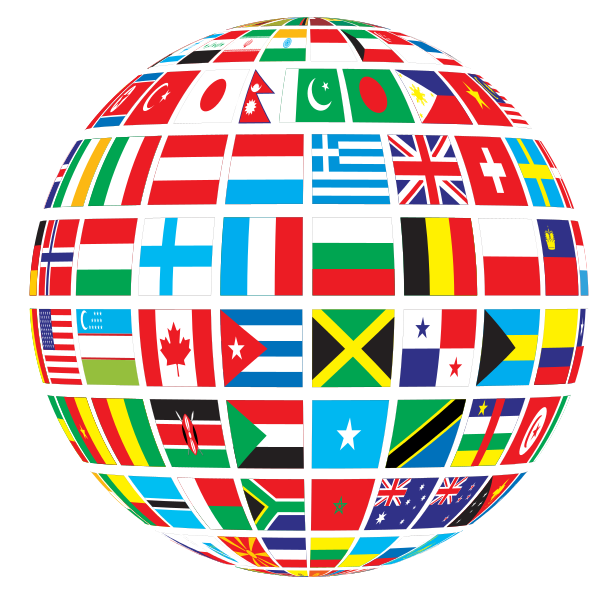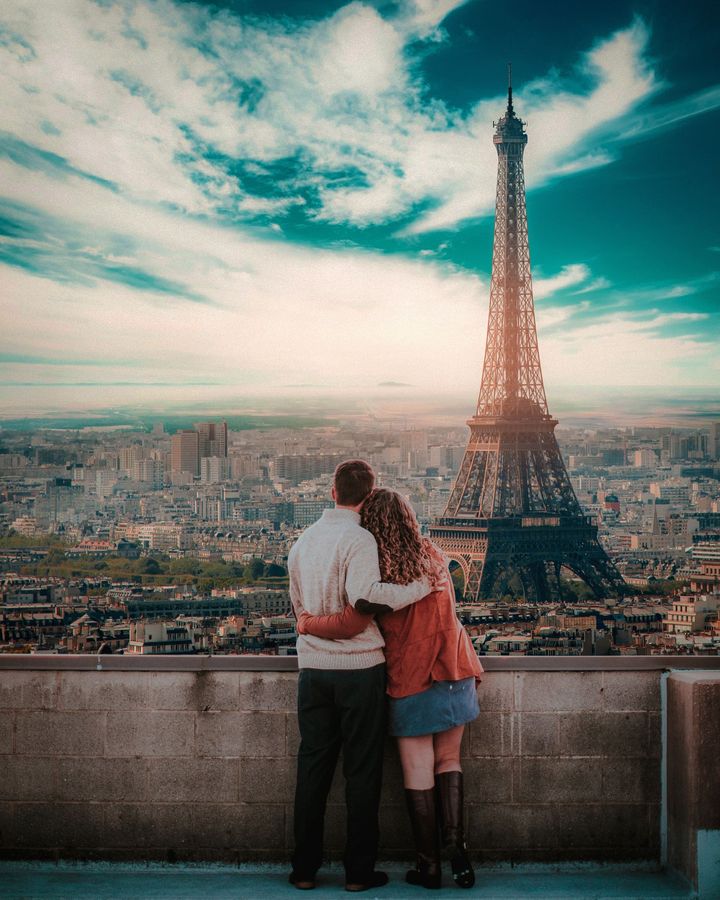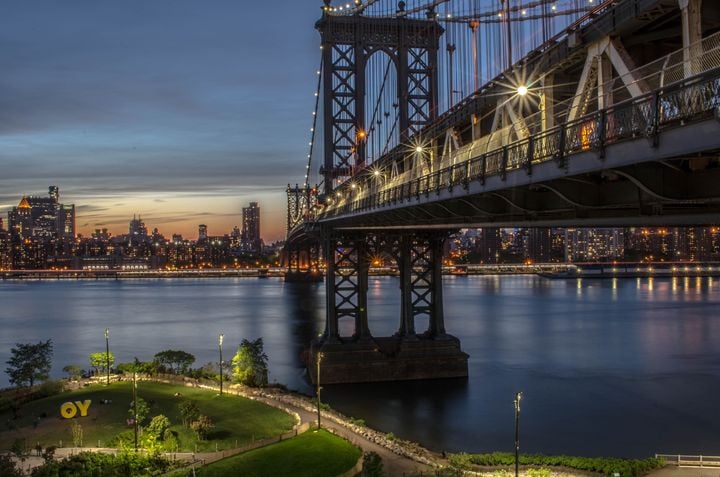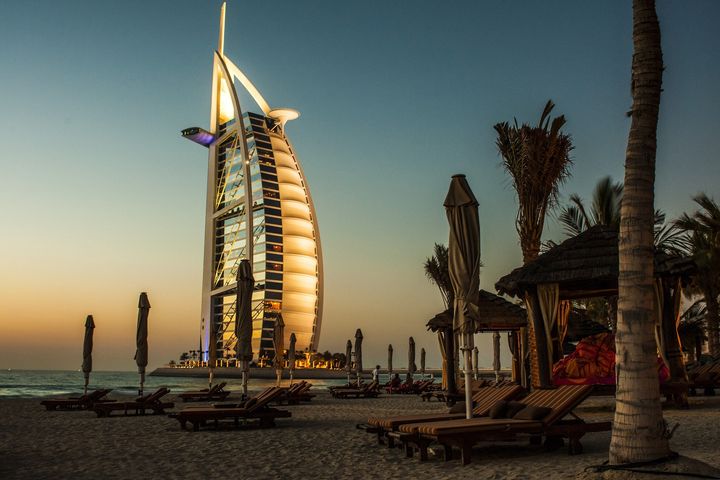Fun With Flags
Seeing as we are a days-out site dedicated to helping you live your best life, one city at a time - and we just celebrated National Flag Day, we thought we’d spend a little time uncovering the meaning behind something which often gets lost in all the sun, sea and culture.

If you think we’re about to go all Sheldon from The Big Bang Theory on you, you can breathe a sigh of relief: No, we’re not here to go - painstakingly - through every single flag of the world (although the title is catchy), but - seeing as we are a days-out site dedicated to helping you live your best life, one city at a time - and we just celebrated National Flag Day, we thought we’d spend a little time uncovering the meaning behind something which often gets lost in all the sun, sea and culture. Flag Day, incidentally, was created by Wisconsin school teacher, Bernard Cigrand, in 1885, according to the experts at language learning app, Babbel. Pretty cool, huh?
A brief history
So, where did they come from? “The very earliest references to flags come from ancient China and India”, according to Babbel insiders.
Intended as a form of identification, flags were first used in war, made up of simple geometric shapes to ensure high visibility from a distance and - vitally - help soldiers to easily identify their enemies.
But flags weren’t just used for signage purposes (that would be too easy!); in ancient India, for example, flags would be carried on chariots and elephants and - in battle - would be the first object of attack, its fall signifying defeat.
Flags today
Flags - as we now know them - are more closely associated with a place, invoking feelings of patriotism to those who claim it as their own and wanderlust to those who view it as the door to a must-see destination on their bucket list! But there’s absolutely nothing random about what goes on to a flag - especially in terms of the colors chosen.
As a general guide, yellow is viewed as a symbol of generosity, red as a symbol of strength and bravery, blue as a symbol of truth, loyalty and justice, green as a symbol of hope, joy and love, black a symbol of determination and white a symbol of peace. In fact, there is a recording of a white flag being used as a truce as early as 1542 CE! In most - if not all - instances, a flag is a symbolic representation of the history, culture and/or religion of the place it heralds. For example, it’s not by chance that China’s flag is red, but in reverence to its Communist beliefs. It will perhaps come as no surprise that “of the 196 country flags generally recognized, almost a third use some shade of red”, with blue and white coming next in terms of popularity, according to our Babbel experts.
So what of the flags that emblemize the major cities that are most popularly searched for here at Tripening? Let’s take a closer look!
United Arab Emirates
Our favorite city here: Dubai
Founded in 1971, United Arab Emirates is what it says on the tin; a unification of seven Arab states to form a single independent country.
Given the prohibition in Islam to use any identifiable images which could otherwise be viewed as idolatry, the Pan-Arab green, red, white and black strips here are pretty self-explanatory (black was supposed to be the color of the Prophet Muhammad’s banner whilst green is the universal color of Islam.).
Check out our favorite things to do in Dubai
United States
Our favorite cities here: Miami & New York
After the American Revolution began, the first unofficial national flag was similar to the flag of today - alternative red and white horizontal stripes (13 to represent the original 13 Colonies), just with a Union Jack (British flag) instead of the stars we now have. The first official flag - the stars and stripes - was formally approved in 1977, but it was not until 1795 that congress mandated a new star to be added every time a new state was added.
Fancy a star-spangled trip? Check out our top picks in Miami and New York
United Kingdom
Our favorite city here: London
Following the union of England and Scotland under King James, he proclaimed that there would be one flag representing Great Britain, combining the patron saints of both places - St. George and St. Andrew. At the time, Wales was part of England. In 1800, Ireland joined the United Kingdom and the cross of St. Patrick was added, creating the Union Jack flag that symbolizes the best of British today.
Hop atop a double-decker bus or indulge in a cream tea - complete with scones. Check out our right royal must-sees here!
France
Our favorite city here: Paris
Following the end of the French Revolution - and centuries of monarchical rule - the new national flag we know today was created, a tricolor of blue, white and red to symbolize the three ideals of the revolution: Liberty, egality and fraternity. The colors were inspired by thecockades (rosette/knot of ribbons) worn in battle.
Which flag will you wave next?



